Guides
How to Grow Asian Pears: A Complete Guide for Beginners
Have you ever tasted the crunchy, juicy goodness of Asian pears? Known by many names—apple pears, nashi pears, or papples—these fruits are quickly becoming a favorite in gardens across the U.S. with their crisp apple-like texture and sweet pear flavor. Although you can sometimes find them at your local farmer’s market or grocery store, nothing beats the satisfaction of harvesting them right from your own backyard.
In this ultimate guide, I’ll walk you through the entire process of growing Asian pears, from choosing the right location to harvesting your delicious fruit. Whether you’re a gardening novice or a seasoned expert, these tips will help you know how to grow Asian pears and enjoy a bountiful harvest for years to come. Ready to get started? Let’s dive in!
What Are Asian Pear Trees?
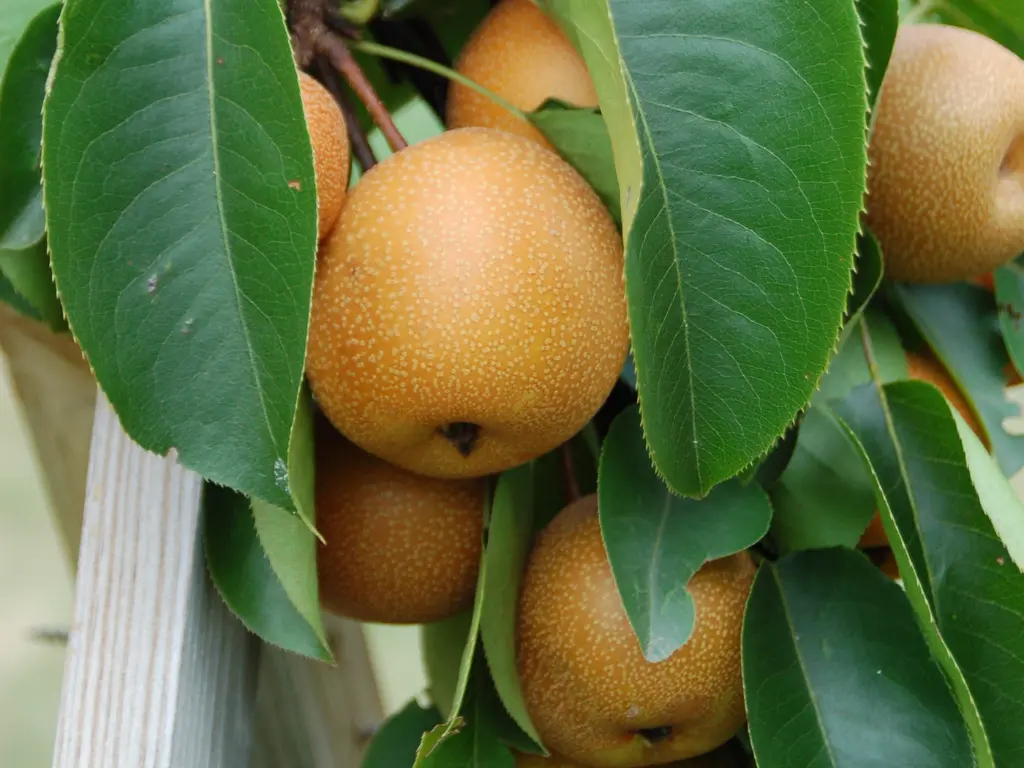
Asian pears, also known as Nashi pears, are unique fruits that are a cross between apples and pears. Unlike traditional pears, Asian pears are round and crunchy, with a texture similar to that of an apple but with the sweet, juicy flavor of a pear. They’re native to East Asia and thrive in temperate climates, making them a popular choice for homeowners and gardeners in the U.S., particularly in regions with cooler winters.
There are several varieties of Asian pear trees, each with its unique flavor and size. Some of the most common varieties you might come across include the Shinseiki, Hosui, and Chojuro. These varieties are well-suited for cultivation in the U.S., especially in USDA hardiness zones 5 to 9.
Planting Asian Pears

Choosing the Right Location for Your Pear Tree
The first step to growing a healthy Asian pear tree is selecting the right location. Asian pears require plenty of sunlight to thrive, so choose a spot that gets full sun for at least 6-8 hours a day. Good air circulation is also important, as it helps prevent fungal diseases that can affect pear trees.
Additionally, make sure the area you select has well-drained soil. If your soil tends to retain too much moisture, you may want to amend it with organic matter or plant your tree on a raised bed. Asian pear trees are relatively adaptable to different soil types, but they perform best in slightly acidic to neutral soil (pH of 6.0 to 7.0).
Preparing the Soil for Planting
Before planting, prepare the soil by clearing away any weeds or debris and loosening the soil around the planting area. You may also want to amend the soil with compost or well-rotted manure to improve its fertility. The soil should be loose and well-drained to encourage root growth.
If you’re unsure about your soil’s quality, consider conducting a soil test to determine its pH and nutrient levels. This way, you can adjust the soil to suit the needs of your Asian pear tree, ensuring it gets the nutrients it needs to grow strong and healthy.
How to Plant Asian Pear Trees
When it comes to planting your Asian pear tree, timing is crucial. The best time to plant your tree is in early spring or late fall when the soil is cool and moist. Dig a hole that’s wide and deep enough to accommodate the tree’s root ball without crowding it.
Place the tree in the hole and backfill it with soil, ensuring the root collar (the point where the roots meet the trunk) is level with the ground surface. Water the tree thoroughly after planting, and then apply a layer of mulch around the base of the tree to help retain moisture and suppress weeds.
How to Grow Asian Pears
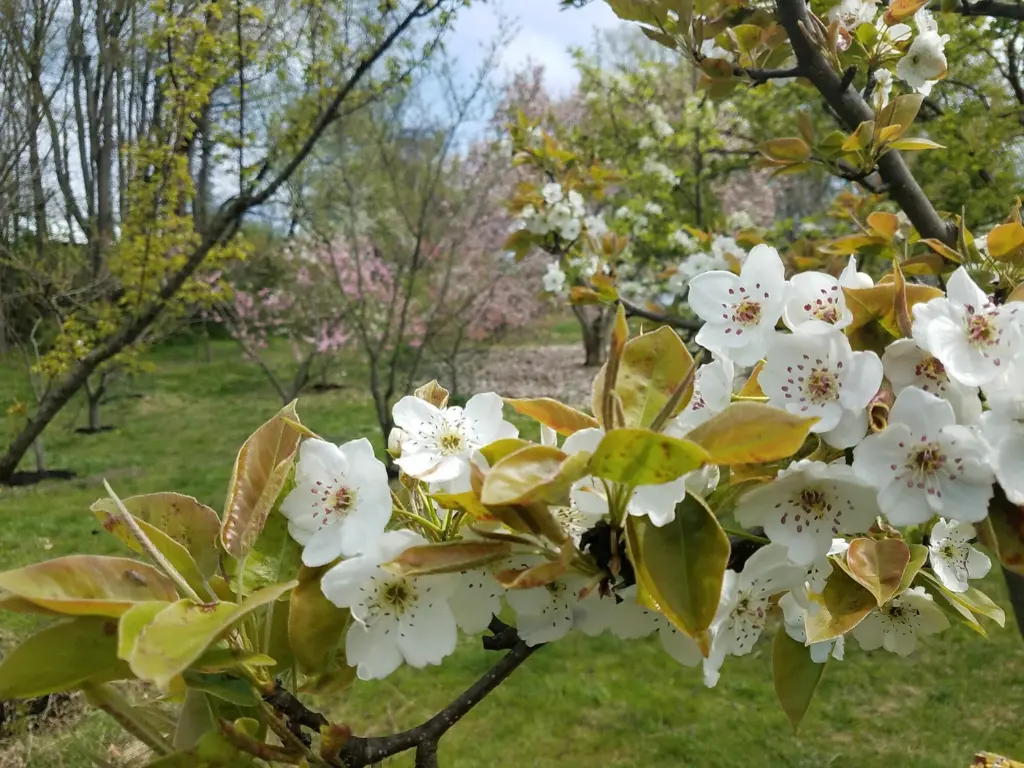
Proper care is essential to ensure that your Asian pear tree grows healthy and produces a bountiful harvest. Here’s what you need to do:
Watering, Fertilizing, and Mulching
Asian pear trees require regular watering, especially during dry spells. However, it’s important to avoid overwatering, as this can lead to root rot. Water deeply once a week, ensuring that the water reaches the roots.
Fertilizing your pear tree in the spring, just before it begins to grow, is important for encouraging healthy growth. Use a balanced fertilizer that’s high in nitrogen, and follow the manufacturer’s instructions for the right amount to apply.
Mulching around the base of the tree helps retain moisture and suppress weeds. Apply a 2-3 inch layer of mulch, but make sure it doesn’t touch the tree trunk to prevent rot.
Pruning
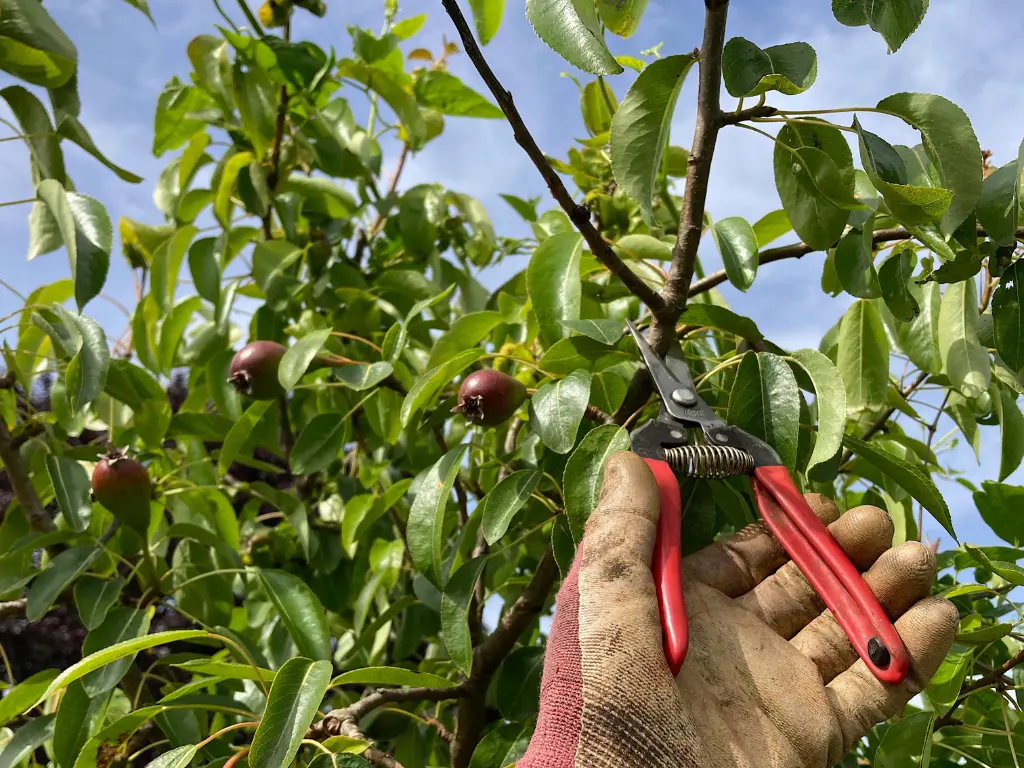
Pruning Asian pear trees helps maintain its shape and encourages strong, healthy growth. The best time to prune is during the winter or early spring before new growth begins. Focus on removing any dead, damaged, or crossing branches. You should also thin out the interior of the tree to allow better air circulation.
Pruning will also help the tree develop a strong central leader and an open canopy, which will allow for better fruit production.
Controlling Pests and Diseases
Like any fruit tree, Asian pears are susceptible to various pests and diseases. Common pests include aphids, pear psylla, and codling moths, while diseases such as fire blight and powdery mildew can also affect the tree.
To prevent pests, you can use organic pest control methods such as neem oil or insecticidal soap. Pruning and cleaning up fallen leaves and fruit will also help reduce the likelihood of disease.
Troubleshooting: Common Issues When Growing Asian Pears
Yellow Leaves, Poor Fruit Yield, and Other Problems
If your Asian pear tree is showing signs of yellowing leaves or poor fruit yield, there may be several causes. Yellowing leaves can indicate nutrient deficiencies, such as a lack of nitrogen, iron, or potassium. If you’re experiencing low fruit production, it could be due to poor pollination or inadequate sunlight.
Other common problems include fungal diseases and root rot, which can be caused by overwatering or poorly-drained soil. Make sure your tree is planted in well-drained soil, and avoid watering it too frequently.
You may like:
- Glencoe Raspberry Care Guide: Grow Thornless Berries Easily
- How to Grow Okinawan Sweet Potatoes: From Slips to Potatoes
Harvesting and Storing Asian Pears
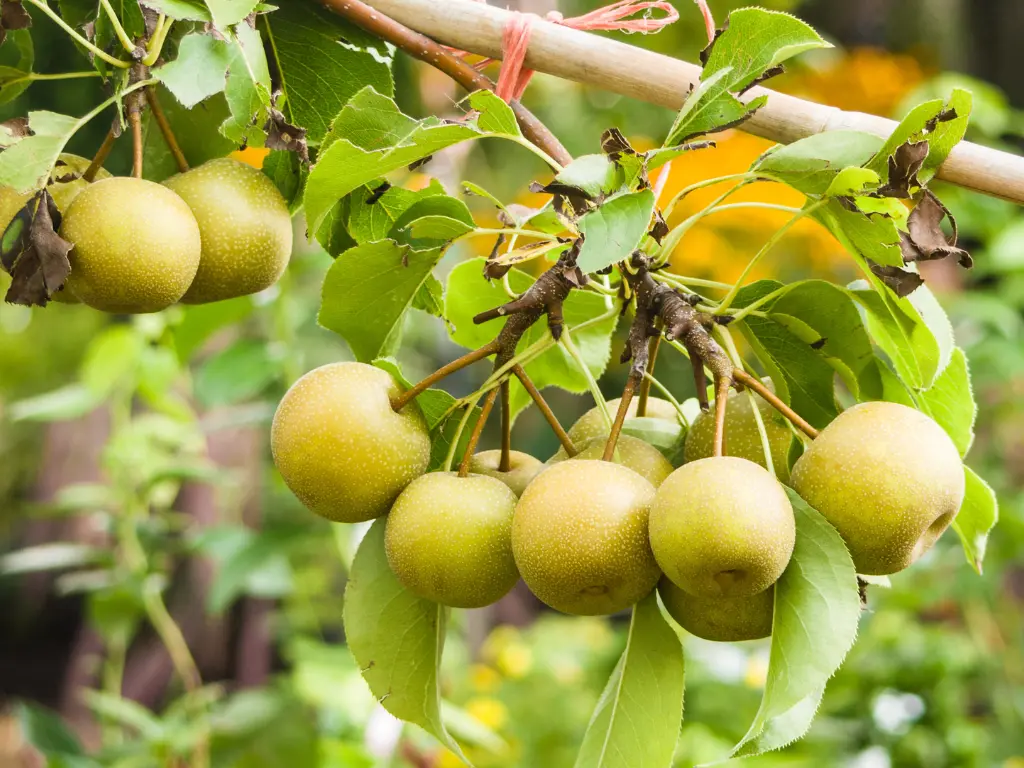
When and How to Harvest
Asian pears are typically ready for harvest in late summer to early fall, depending on the variety and local climate. The best way to determine if your pears are ripe is to gently squeeze the fruit—if it feels firm but not hard, it’s time to pick.
To harvest the pears, gently twist the fruit off the tree, being careful not to damage the stem. You can also use pruning shears to cut the fruit from the tree if it’s difficult to remove by hand.
Storing Asian Pears for Maximum Freshness
Once harvested, Asian pears can be stored in a cool, dry place for up to a few weeks. For longer storage, you can refrigerate them. Unlike traditional pears, Asian pears don’t ripen after being picked, so they’ll remain crunchy and fresh for quite some time.
Frequently Asked Questions (FAQs)
1. Can I grow Asian pears in a small yard?
Yes! Asian pear trees are perfect for small spaces. Consider growing them in containers or choosing dwarf varieties that are compact but still produce plenty of fruit.
2. How long does it take for an Asian pear tree to bear fruit?
It typically takes about 3 to 5 years for an Asian pear tree to start bearing fruit, though this can vary depending on the variety and growing conditions.
3. Do Asian pears require cross-pollination?
Most Asian pear varieties require cross-pollination for optimal fruit production, so you’ll need at least two different varieties planted nearby.
4. What are the best Asian pear tree varieties for beginners?
For beginners, Shinseiki and Hosui are excellent choices. They’re both hardy, disease-resistant, and produce delicious fruit.
Conclusion
Growing Asian pears can be a fun and rewarding experience. Whether you’re a beginner or a seasoned gardener, following the steps outlined above will help you create a thriving pear tree in your backyard. With the right care, your Asian pear tree will not only beautify your space but also provide you with delicious, crisp pears year after year. Ready to start your pear-growing journey? Go ahead and plant your first tree today!

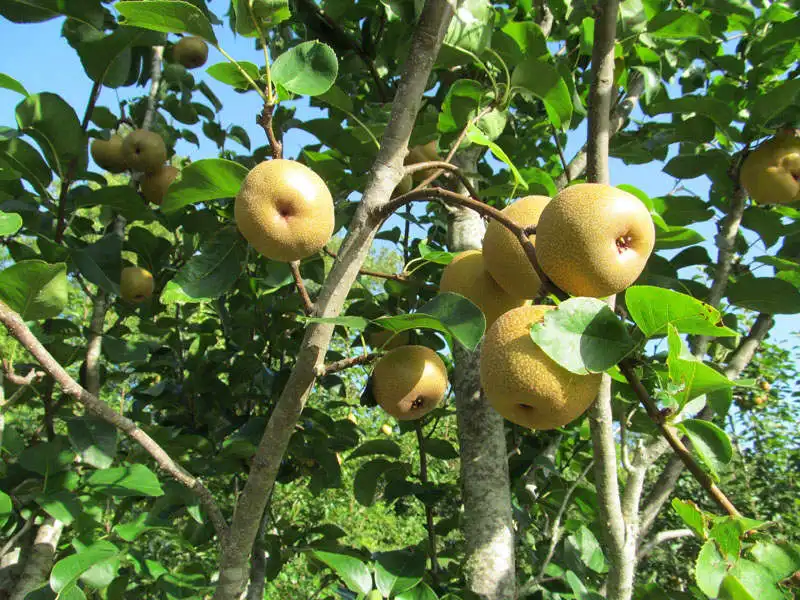
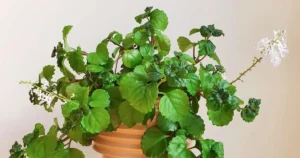
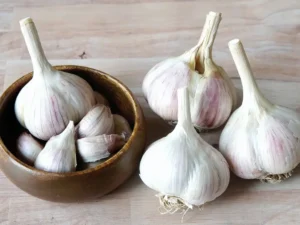
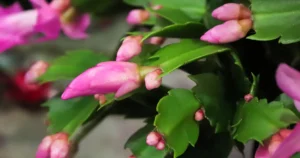
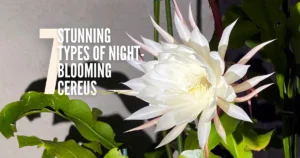


Pingback: The Blackberry Comeback (and My Big Pruning Mistake) – ronmcelfreshwriter.com